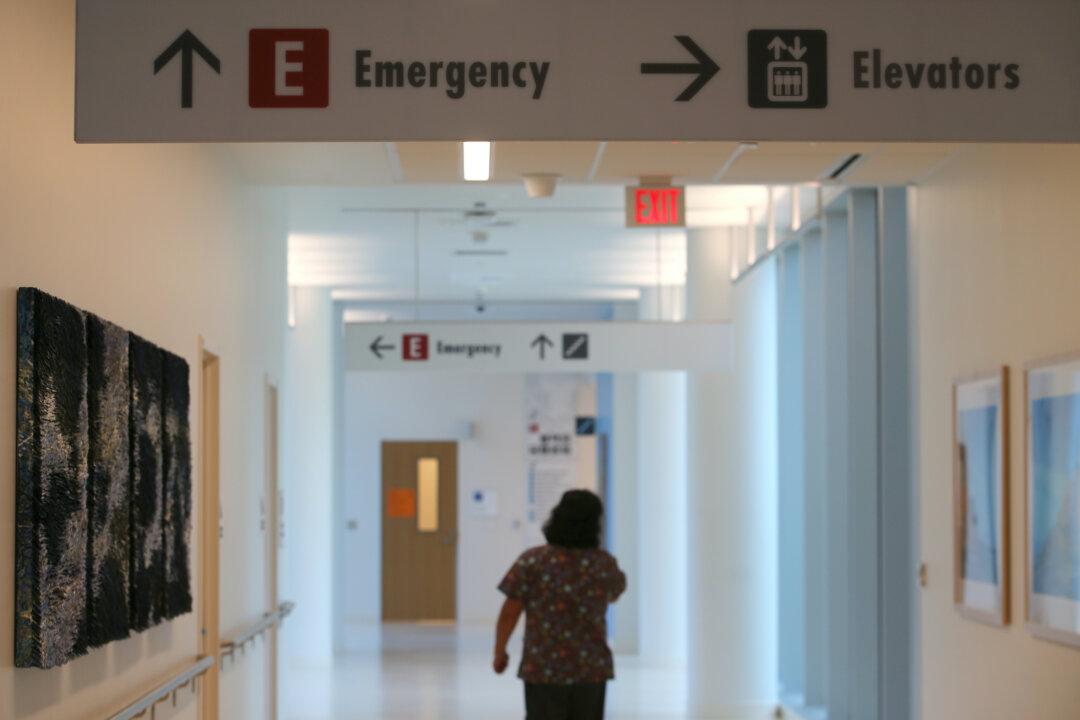BRASILIA/RIO DE JANEIRO—The spread of coronavirus in Brazil could be about to slow, the Health Ministry said on Wednesday, amid reports the transmission rate has fallen below the key level and early signs of a gradual decline in the weekly totals of cases and fatalities.
The cautious optimism comes despite figures again showing a steady rise in the number of confirmed cases and death toll in the last 24 hours. Brazil has reported the world’s second highest number of COVID-19 cases after the United States, according to official data.





